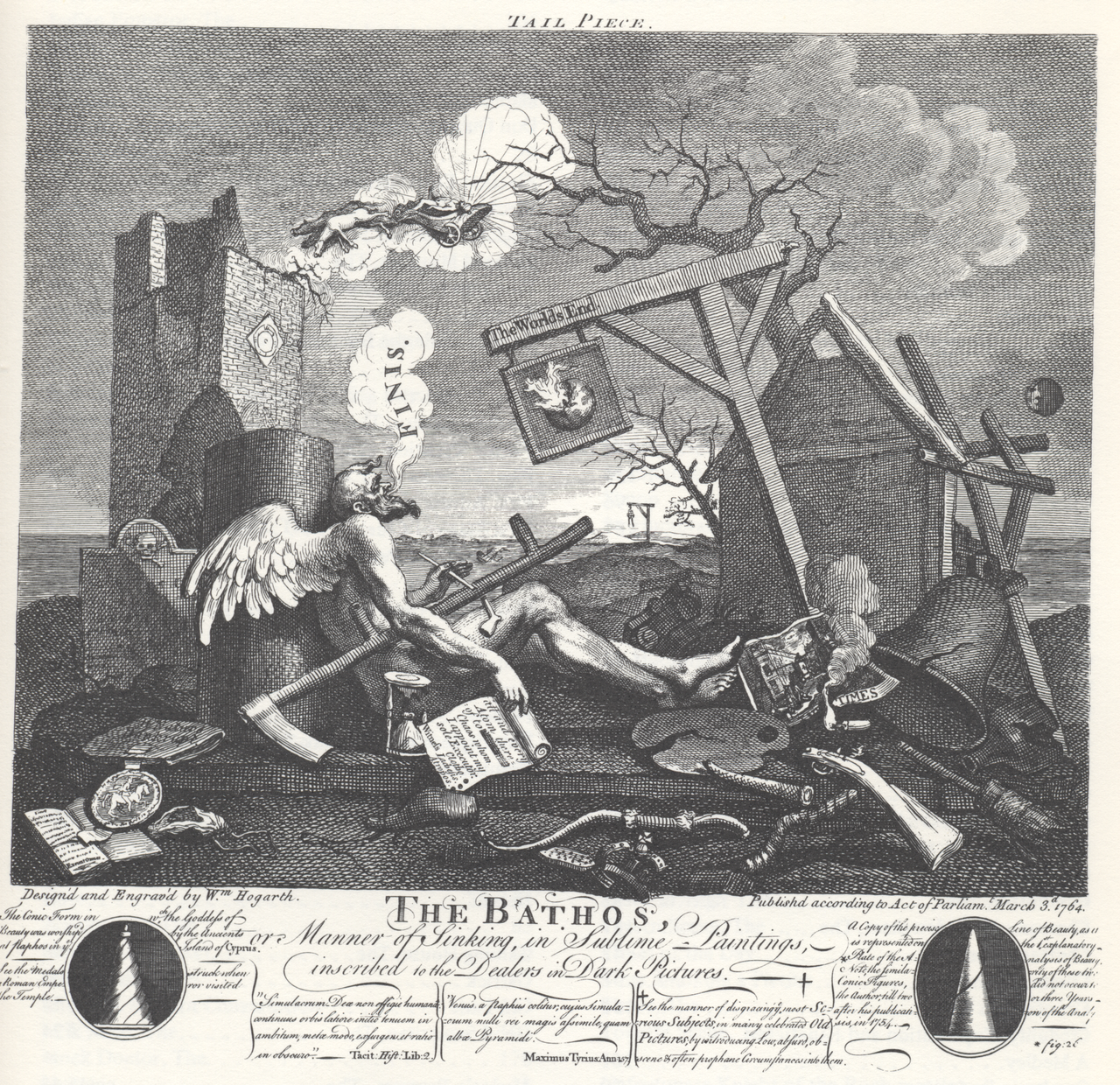Links and write-ups about beautiful things from around the web!
-
Make Some Noise
Dr. Bleep from Dr. Bleep on Vimeo.
Make some noise.
-
Suzanne Ciani on 1980s Omni TV
(video no longer available)
A segment from the early 1980’s TV version of Omni magazine features electronic music pioneer Suzanne Ciani developing the chip-based vocalizer and music samples for the pinball table Xenon (her official site has much more about her work on Xenon’s sound if you’re interested). Found via the Make Blog (I think)
-
Pre-NIN Trent Reznor and his Cleveland band The Exotic Birds
Pre-NIN Trent Reznor and his Cleveland band the Exotic Birds featured in a 1986 news clip about new-fangled electronic music sampling, along with a clip of Thomas Dolby justifying his use of the computer in music-making.
-
High-Definition Etch-a-Sketch
A 52″, net-enabled Etch-A-Sketch replica fashioned out of a projection tv, tent poles, stepper motors, and a golf tee.
-
Philosophy Takes It Upon Itself to Throw off the
Philosophy takes it upon itself to throw off the fear of things earthly, to rob death of its poisonous sting. Franz Rosenzweig, The Star of Redemption, quoted in Simon Critchley’s The Book of Dead Philosophers, p. 201.
-
William Hogarth‘s Final Engraving: The Bathos

William Hogarth’s final engraving, a self-satirical illustration of the end of time, parodizing the bathetic imagery in his contemporaries’ works. I admire a guy who can go out on a bit of pessimist humor. (see also this explication of the print)
-
Krazy Kat Cartoon with Restored Soundtrack
For possibly the first time in 80 years this Krazy Kat cartoon, Ratskin, has been reunited with its original soundtrack recording, discovered on a rare Vitaphone disc in Australia. Found via Cartoon Brew, who has a good writeup of the discovery.
(note for George Herriman fans: the animated escapades of Krazy generally have little to do with the comic strip, more closely resembling Oswald the Lucky Rabbit or Felix the Cat’s hijinx)
-
A Brief Explanation of a Three Rotor Enigma Machine
A brief explanation of a three-rotor Enigma machine, the cryptographic device used by Nazi Germany during WWII to encode their communications. While the encryption technology had some flaws, it was largely broken by the Allies due to human mistakes made by the operators (not disposing of their key tables, writing down portions of the codes, captured hardware, etc).
-
Out of This World, Little Big Planet Edition
Wow, a surprisingly faithful version of the incredible Eric Chahi game Another World (aka Out of this World) recreated using Little Big Planet on the PS3. The only thing that would have made it better is if LBP let the creator script along your alien buddy.
-
Looking at the Stars Always Makes Me Dream As
Looking at the stars always makes me dream, as simply as I dream over the black dots representing towns and villages on a map. Why? I ask myself, shouldn’t the shining dots of the sky be as accessible as the black dots on the map of France? Just as we take a train to get to Tarascon or Rouen, we take death to reach a star. We cannot get to a star while we are alive any more than we can take the train when we are dead. So to me it seems possible that cholera, tuberculosis and cancer are the celestial means of locomotion. Just as steamboats, buses and railways are the terrestrial means. To die quietly of old age, would be to go there on foot. Vincent van Gogh, quoted on Roger Ebert’s Journal (itself a great read)
